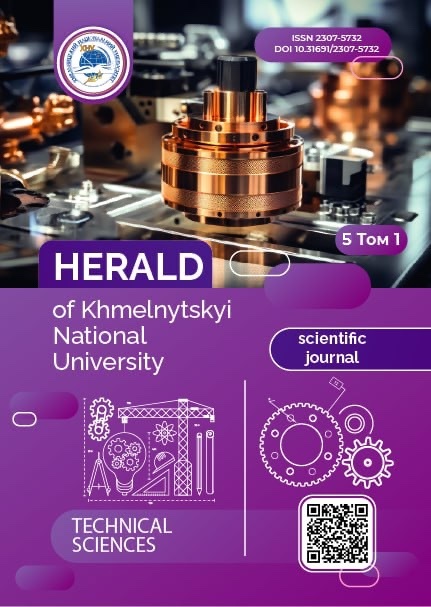RESEARCH ON MODERN METHODS AND TECHNOLOGICAL EQUIPMENT FOR IMPREGNATING TEXTILE MATERIALS
DOI:
https://doi.org/10.31891/2307-5732-2025-357-19Keywords:
impregnation, impregnation methods, textile materials, textile fabric treatmentAbstract
This paper presents the results of an analysis of modern methods for impregnating textile materials, their technological features, advantages, and limitations. The technological equipment for impregnating fabrics and fibers is examined in detail, and a classification of current treatment methods is proposed.
Modern industrial sectors (aircraft manufacturing, specialized clothing production, interior materials) demand enhanced performance characteristics of textiles, specifically fire resistance, hydrophobicity, and dye fastness. Thick-layer materials (batting, technical non-woven fabrics, heavy tarpaulins) traditionally exhibit low penetration depth of flame retardants and dyes. Classical methods (immersion, spraying) often fail to ensure sufficiently uniform distribution of reagents within the inner layers, reducing treatment effectiveness. Consequently, a priority research direction is the development of innovative technologies, such as: ultrasonic cavitation, vacuum impregnation, application of nanoemulsions, and plasma modification.
Based on the analysis of existing approaches, a multilevel classification of impregnation methods has been developed and the corresponding technological equipment has been systematized. Promising directions for enhancing fire resistance requiring further research have been outlined, with the cavitation impregnation method highlighted.
Key requirements for modern impregnation technologies include: еffectiveness – deep and uniform impregnation of thick materials; preservation of the material's mechanical properties; reduction of processing time.
Theoretical studies demonstrate that combining immersion with ultrasonic cavitation ensures: increased reagent penetration depth due to micro-impact effects that expand fiber pores; homogeneous distribution of impregnants throughout the entire thickness; reduced process duration compared to traditional methods.
Downloads
Published
Issue
Section
License
Copyright (c) 2025 ОЛЕГ СИНЮК, АНДРІЙ ЄРІЙ (Автор)

This work is licensed under a Creative Commons Attribution 4.0 International License.

